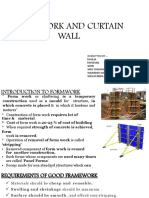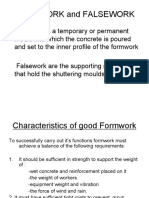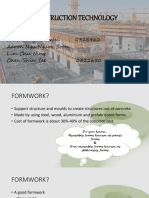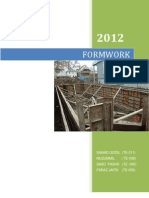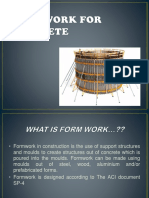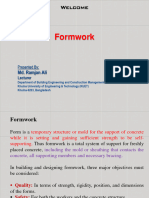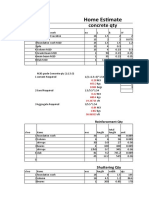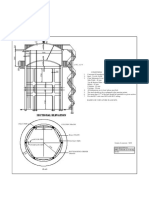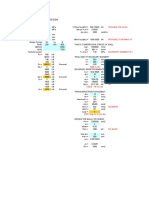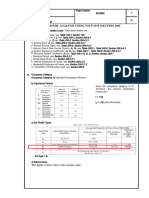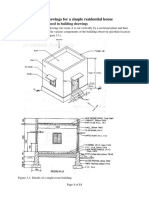0% found this document useful (0 votes)
9 views50 pagesChapter 7.2 Temporary Constructtion
Formwork is a temporary structure used to support cast-in-situ concrete during construction, ensuring it achieves the desired shape and strength. It can be made from various materials such as timber, plywood, and steel, and involves significant costs, accounting for 20-25% of structural expenses. Proper construction and removal techniques are essential to maintain structural integrity and efficiency during the concrete setting process.
Uploaded by
dummythunder000Copyright
© © All Rights Reserved
We take content rights seriously. If you suspect this is your content, claim it here.
Available Formats
Download as PDF, TXT or read online on Scribd
0% found this document useful (0 votes)
9 views50 pagesChapter 7.2 Temporary Constructtion
Formwork is a temporary structure used to support cast-in-situ concrete during construction, ensuring it achieves the desired shape and strength. It can be made from various materials such as timber, plywood, and steel, and involves significant costs, accounting for 20-25% of structural expenses. Proper construction and removal techniques are essential to maintain structural integrity and efficiency during the concrete setting process.
Uploaded by
dummythunder000Copyright
© © All Rights Reserved
We take content rights seriously. If you suspect this is your content, claim it here.
Available Formats
Download as PDF, TXT or read online on Scribd
/ 50









